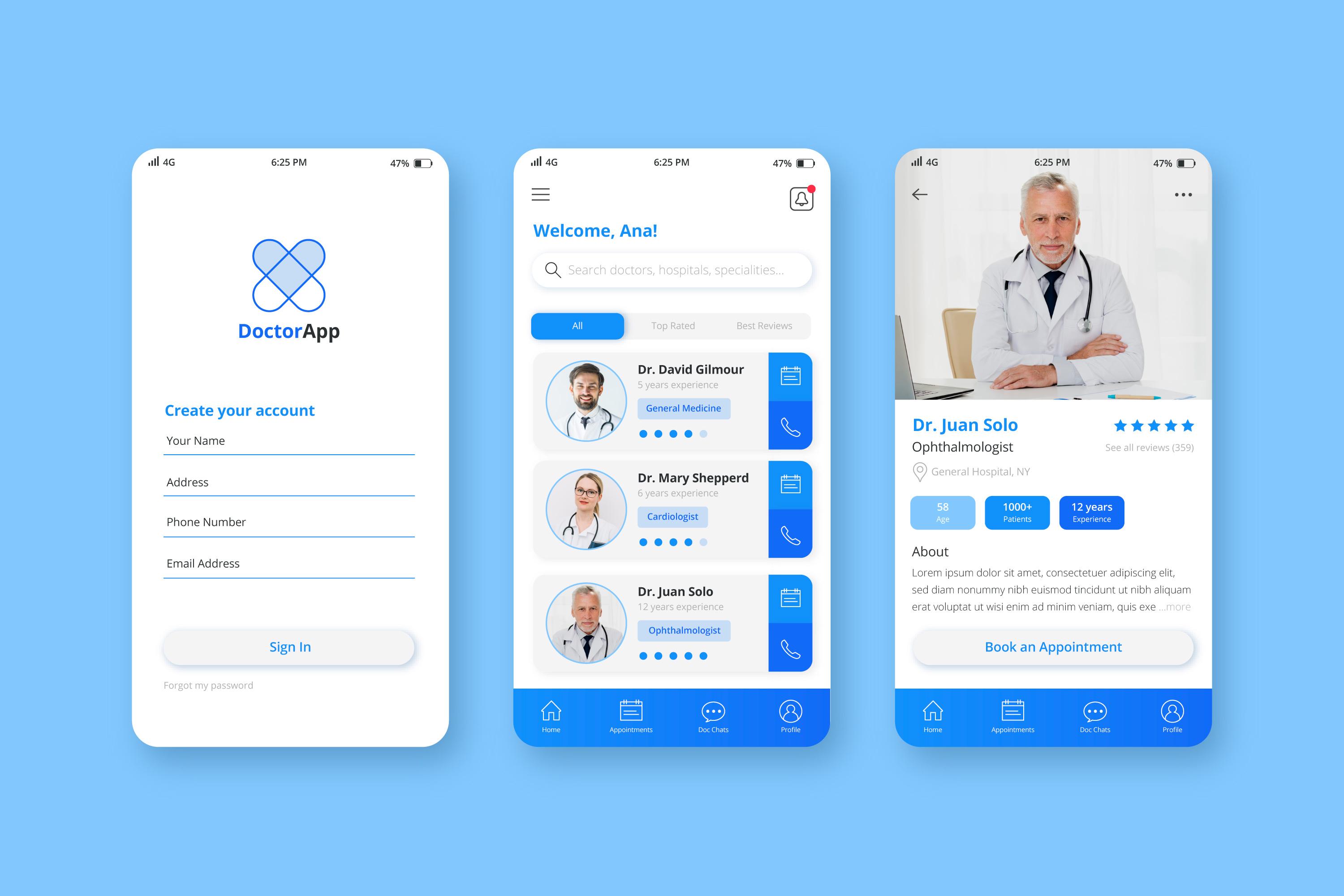Native Application Development and Its Need
Native application development involves creating software applications specifically designed to run on a particular operating system (OS) or platform. The term "native" refers to developing applications using platform-specific programming languages and development environments. For example, Swift or Objective-C for iOS and Java or Kotlin for Android.
Here are the primary reasons for choosing native application development:
- Optimized Performance: Native apps are optimized to perform at their best on a specific platform. They utilize the device's hardware and software capabilities efficiently, resulting in superior speed, responsiveness, and overall performance.
- Rich User Experience: Native apps provide an intuitive and engaging user experience by leveraging platform-specific design patterns, guidelines, and UI components. This creates a seamless and familiar feel for users, enhancing user satisfaction.
- Access to Native Features: Developers have full access to the native features and functionalities of the device, such as camera, GPS, contacts, push notifications, and more. This enables the integration of advanced features and enhances the app's capabilities.
- Security and Reliability: Native apps follow stringent security measures and guidelines of the respective platforms, ensuring a high level of security. Additionally, they are more reliable and stable due to compatibility with the native environment.
- Platform Integration: Native apps seamlessly integrate with the platform's ecosystem, providing a cohesive experience. They easily integrate with other native apps and services, enhancing user convenience.
- Optimized for Platform Updates: Native apps can quickly adopt new OS updates and features, ensuring compatibility and optimal performance with the latest platform enhancements.
- Better Monetization Options: Native apps offer various monetization strategies, including in-app purchases, subscriptions, and advertisements, providing developers with diverse revenue streams.
Some Famous Cross-Platform Application Development Frameworks
- iOS (Apple):
- Instagram: A popular social media app for sharing photos and videos.
- Facebook: The official app for the Facebook platform, offering social networking features.
- YouTube: The official app for watching and sharing videos.
- WhatsApp: A messaging app that allows text, voice, and video communication.
- Android (Google):
- WhatsApp: The Android version of the popular messaging app.
- Facebook: The official Facebook app for Android devices.
- Instagram: The Android version of the photo and video-sharing social networking app.
- Google Maps: A navigation app offering maps, directions, and location-based services.
Native applications cater to specific platforms and deliver an unmatched user experience, making them a preferred choice for many developers and businesses, especially when aiming to optimize performance and utilize platform-specific features effectively.
Life Cycle For Mobile App Development
The life cycle for mobile app development involves a series of well-defined stages that guide the creation of a mobile application from conception to deployment and maintenance. Here's a comprehensive breakdown of the typical life cycle for mobile app development:
- Idea Generation and Research:
- Idea Generation: This stage involves brainstorming and conceptualizing the app's purpose, target audience, features, and overall goals.
- Market Research: Analyze the market, potential competitors, user needs, and trends to validate the app idea and identify opportunities.
- Requirements Gathering and Analysis:
- Define detailed requirements by conducting interviews, surveys, and workshops with stakeholders.
- Analyze gathered information to understand the project's scope, objectives, technical requirements, and constraints.
- Planning and Architecture:
- Develop a project plan outlining timelines, resource allocation, and budget.
- Create the app's architecture, defining the technology stack, databases, APIs, and system requirements.
- Design and Wireframing:
- Design the app's UI/UX, including wireframes and prototypes to visualize the app's layout, navigation, and interactions.
- Incorporate feedback from stakeholders to refine the design and ensure a seamless user experience.
- Development:
- Write the app's code according to the defined architecture and design specifications.
- Implement features, functionalities, and integrations while adhering to coding standards and best practices.
- Testing:
- Conduct various types of testing, such as functional, usability, performance, and security testing, to identify bugs, errors, or issues.
- Iteratively fix bugs and optimize the app based on the test results.
- Deployment:
- Prepare the app for release by packaging the code, creating necessary configurations, and setting up the deployment environment.
- Deploy the app to the respective app stores (e.g., Apple App Store, Google Play Store) or internal distribution channels.
- Launch and Marketing:
- Promote the app to the target audience through marketing strategies, advertisements, press releases, and social media campaigns.
- Gather feedback from initial users to identify areas for improvement and make necessary updates.
- Post-Launch Support and Maintenance:
- Monitor app performance, user feedback, and analytics to identify and address issues, optimize features, and plan future updates.
- Provide ongoing support, updates, security patches, and enhancements to ensure the app remains up-to-date and functional.
- Iterative Improvements:
- Continuously gather user feedback and data analytics to identify opportunities for enhancements and new features.
- Plan and implement updates to enhance the app's functionality, user experience, and performance.
The mobile app development life cycle is iterative and cyclical, allowing for ongoing improvements and updates to meet evolving user needs and market demands. Effective collaboration and communication among all stakeholders are key to the success of each stage in the development life cycle.
